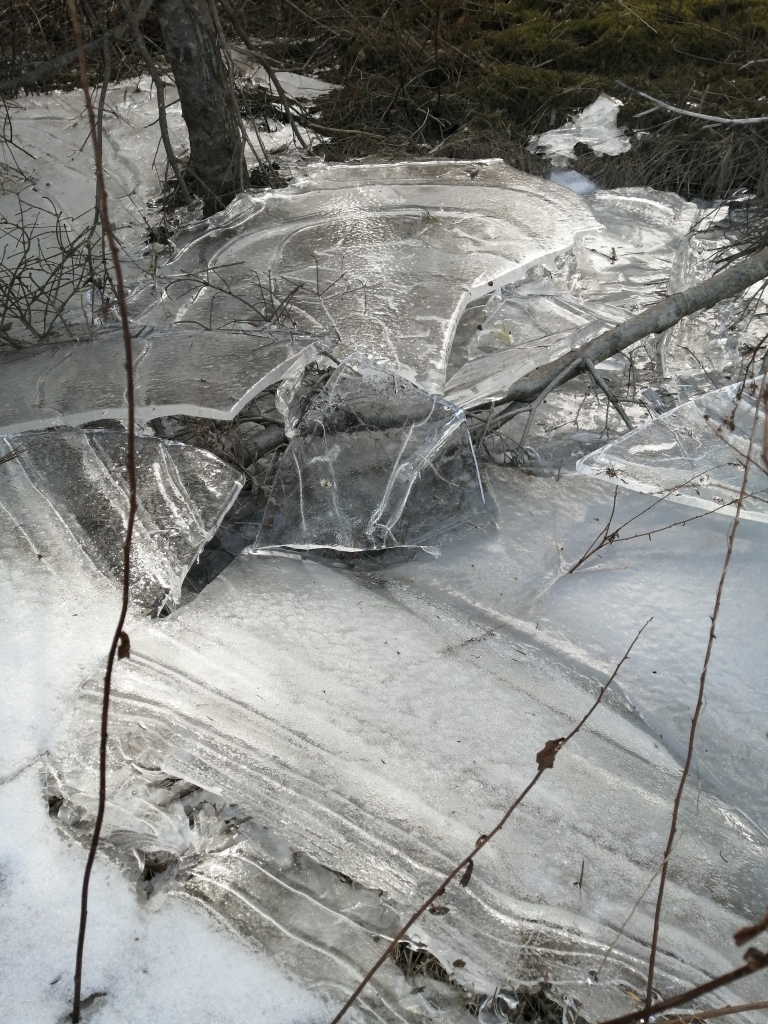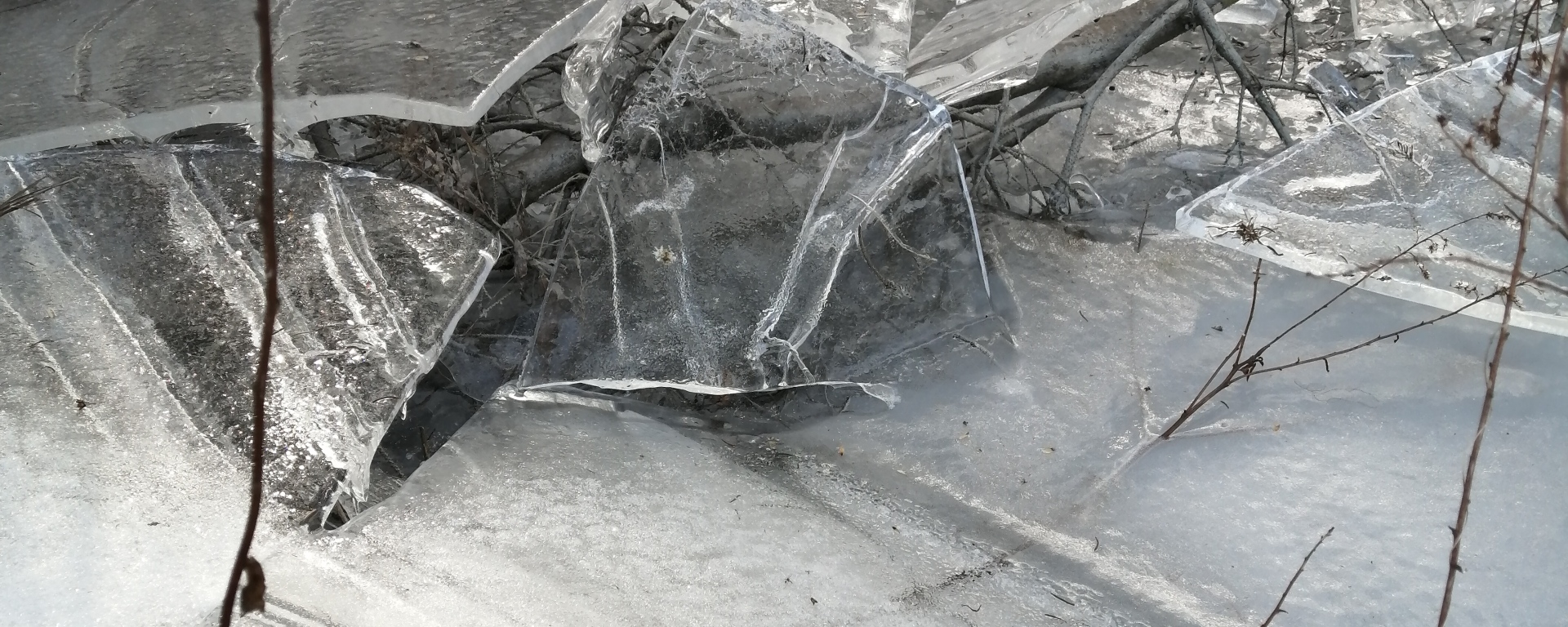
In a time of war, this war, the one in which, with US and Canadian sanction, Israel is flattening Gaza and killing thousands of civilians, what is the distance between standing by and being a bystander?
I dream last night that I am in a conflict zone; it is a shattered urban space. A family huddles nearby–a panicked father and little children. A bomb comes zooming in and right beside me a small boy is hit by shrapnel or debris. I scoop him up and race to a nearby clinic, which is only a tent, calling loudly for help.
When I arrive, the medical staff will not let me enter. They tell me the child’s situation is hopeless, but I refuse to give up and cry out still more, pressing his chest, which has fluttered open like a flower, his skin tender petals leaching blood. Desperately, I try to hold his tiny body together, but the more I press upon his chest to try to save him, the more his flesh fragments and tears until he lies, motionless, in a pool of blood.
You see, the people in the tent tell me; we told you he cannot live. They say this again and again, but theirs is a verdict I cannot accept. I gasp for air, but my breath cannot reanimate the child. He is innocent but I am not. I have failed to stand by, and have become a bystander, a witness, my hands covered in blood.
In a time of war, this war, the one in which, with US and Canadian sanction, Israel is flattening Gaza and killing thousands of civilians, what is the distance between standing by and being a bystander?
It is the 8080 kilometres between my home and Gaza City.
It is the unspeakable grief and the hardening of hearts for more than 1400 Israelis massacred in their homes by Hamas on the night of October 7; it is the nearly 250 also taken captive.
It is the unspeakable grief and the bludgeoning of hearts for more than 9, 400 Palestinians killed by Israeli air strikes in Gaza since October 7, of which at least 3000 are children.
It is the walking and never again walking on the cratered roadways of Gaza.
It is the Biden administration’s request for an additional $14.3 billion in US military aid to Israel.
It is the rising balance sheet of RTX, American defense contractor formerly known as Raytheon Technologies, the world’s largest producer of guided missiles.
It is 75 years of Israeli removals of Palestinians and ever greater colonial enclosures.
It is the name of innumerable checkpoints and impassible borders between one Palestinian zone and another.
It is no route to the open sea.
It is the bitter taste of hunger, of forcible confinement, of undying thirst, of the fear of being driven into the nightcold desert.
It is the sound of bombs raining upon roadways and houses, on hospitals and ambulances, on streets and refugee camps.
It is the rift between one impossible grief and another, between who counts for whom and who does not, between generational memory and inter-generational loss or rage.
It is the distance between the river and the road, the village and the refugee camp.
It is the infinitesimal interval between one person’s heartbeat and another’s heartbreak.
Who can fail to traverse such a gap? Nevertheless, we do.
Yet may our citizen feet in the streets of the world sound a call to ceasefire and a prayer for lasting peace.

NOTES
My grief. our grief, is used by the Israeli military, funded by the United States, to enact violence upon thousands of Palestinians every day. How can we navigate this grief when it is used to fuel rhetoric that is Islamophobic, racist and antisemitic?
Shir Lovett-Graff, American Jewish Divinity Student; Speech at a faith leader rally in Boston Thursday 2 November 2023
stand-by (n.)
also standby, 1796, “that which stands by one,” originally nautical, of a vessel kept nearby for emergencies, from verbal phrase stand by “await, support, remain beside” (mid-13c.), earlier “stand near, stand and watch” (late 12c.).
In reference to persons, the meaning “state of being ready for duty” is by 1946. In civil aviation, as an adjective meaning “without a booked ticket,” from 1961. As an order to hold one’s self in readiness, it is recorded from 1660s. As “something on which one can rely,” by 1861.
bystander (n.)
“spectator, one who stands near,” 1610s, from by + agent noun from stand (v.). They have been innocent at least since 1829. Stander-by is from 1540s. Middle English in this sense had sitter-aboute (c. 1400).
https://www.etymonline.com/word/stand-by
Images are photos of ice breaking as the water levels in a pond shift over a period of several weeks. Nova Scotia, 2020.
